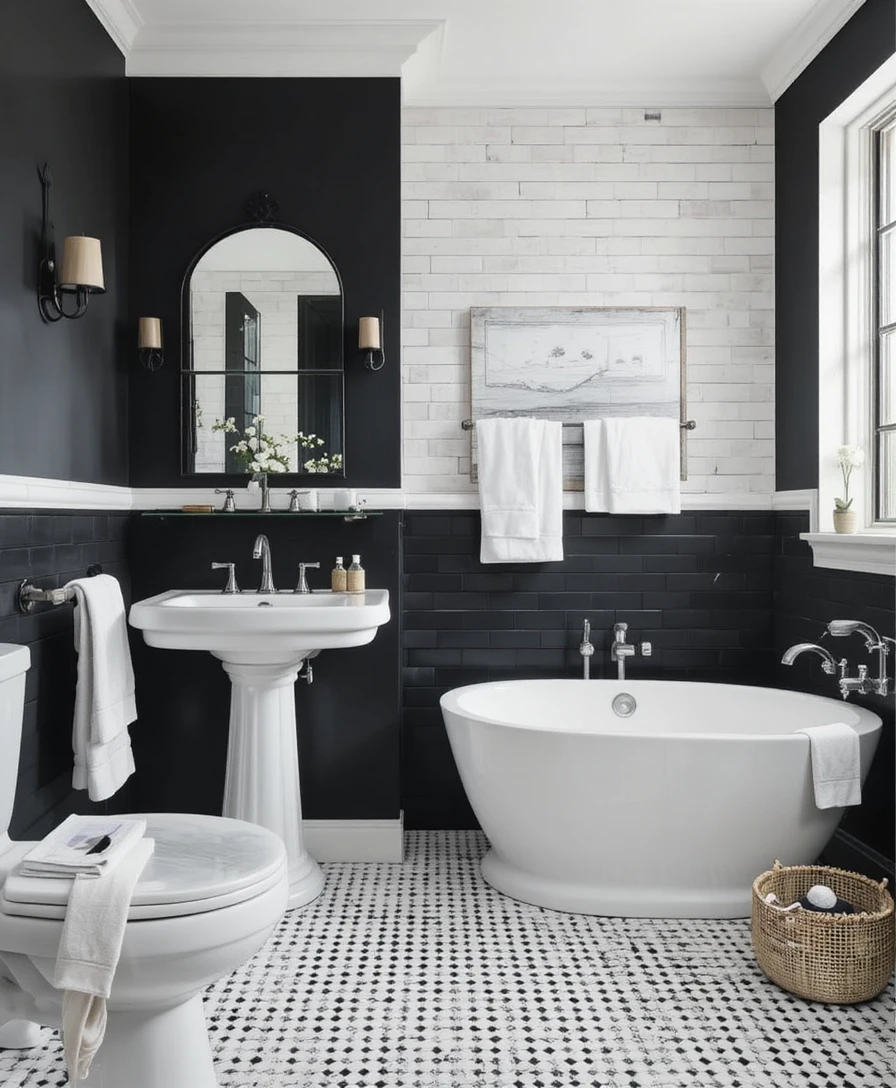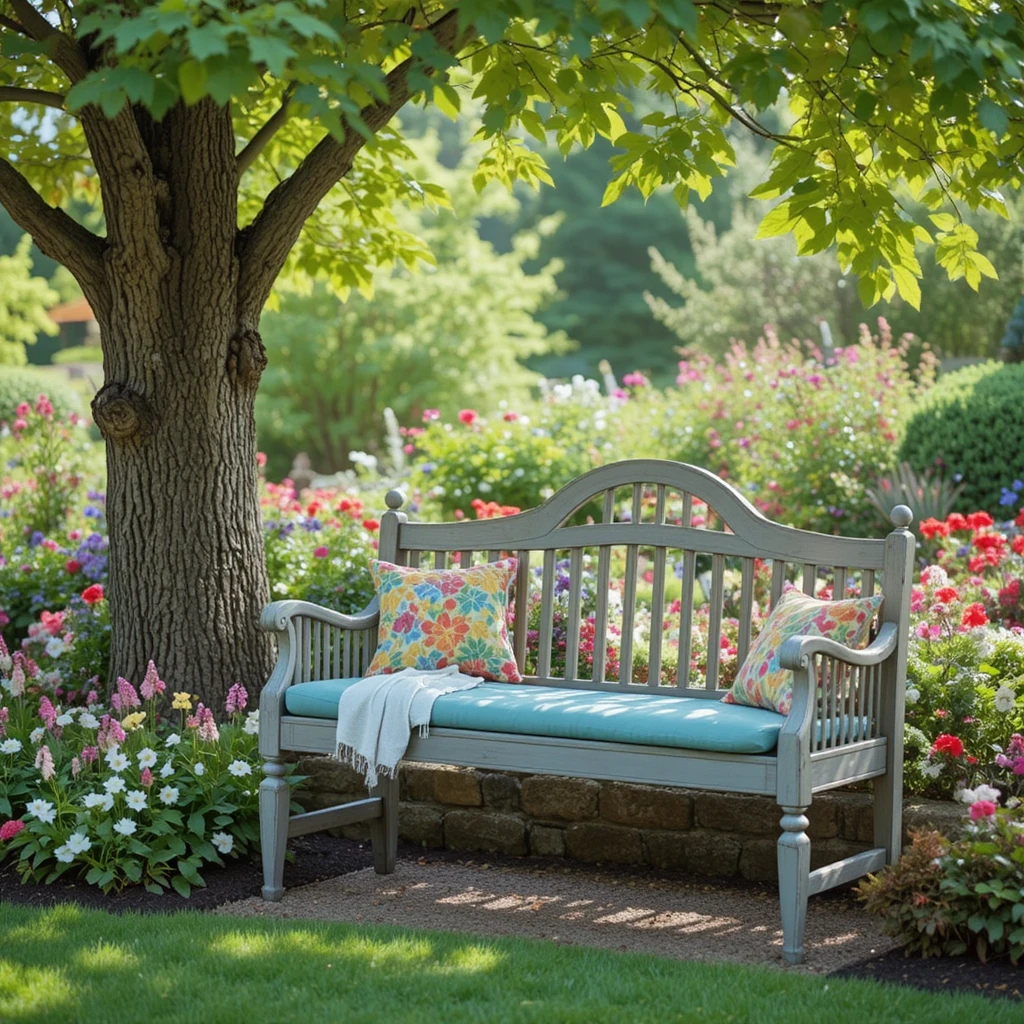Transform your outdoor space with easy, budget-friendly garden makeover tips. Learn a step-by-step system — from planning and soil care to focal points and low-maintenance planting — that produces big visual impact without a designer’s price tag. Keywords: garden makeover tips, backyard makeover, DIY garden makeover, garden design ideas.

Introduction
A garden makeover doesn’t need to swallow your weekend or bank account. With focused choices and a clear sequence, even a small patch can become a Pocket Eden — a compact, beautiful, functional garden. This guide gives you garden makeover tips arranged into practical steps, lists the tools and materials you’ll need, and offers unique, actionable tips for each stage so you always know what to do next and why it matters.
Why a Plan First?
Before you plant or paint, a little planning multiplies results. A quick plan saves plants, money, and time. Use this article to follow a clear, non-repetitive sequence of improvements that build on each other.
Materials & Tools You’ll Need (Basic Kit)
Notebook, tape measure, and camera (to record current layout)
Gloves, pruning shears, hand trowel, spade, rake
Wheelbarrow or tarp (for debris)
Soil test kit (pH and nutrient) or a simple probe
Compost or aged manure, mulch (wood chips or bark), and topsoil if needed
Native/low-maintenance plants and a mix of annuals/perennials
Planters or raised bed materials (wood or composite), landscape fabric
Edging (stones, metal edging, bricks) and gravel for paths
Outdoor lighting (solar or low-voltage), garden paint for furniture, and garden décor for focal points
Step-by-Step Garden Makeover Tips
First Step — Observe, Measure, and Decide (Planning)
Walk the space at different times of day. Measure widths, lengths, and note sun/shade patterns and drainage. Photograph every angle.
What it gives you: A realistic base map to shape plant selection and layout.
Unique tip: Sketch three scenarios — “entertaining,” “pollinator haven,” and “lazy low-care” — then choose one that fits your lifestyle.
Second Step — Clear and Assess (Declutter + Soil Test)
Remove dead plants, weeds, and hazards. Test soil pH and nutrients.
What it gives you: A clean canvas for growth.
Unique tip: Keep a “maybe” pile for borderline plants — test them after soil fixes before discarding.
Third Step — Define Zones and Sightlines (Layout & Focal Points)
Decide zones (dining, path, planting, play) and create 1–2 focal points like a sculpture or tree.
What it gives you: Flow and purpose.
Unique tip: Use a painted chair or umbrella as a temporary focal point until plants mature.
Fourth Step — Improve the Bones (Soil, Drainage, and Edges)
Add compost, fix drainage, and create bed edges.
What it gives you: Structure and health.
Unique tip: Use reclaimed bricks or broken concrete for affordable, rustic edging.
Fifth Step — Choose the Right Plants (Structure, Texture, and Seasons)
Pick a balance of shrubs, perennials, and annuals for lasting interest.
What it gives you: A layered, low-maintenance design.
Unique tip: Prioritize native plants — they attract pollinators and need less care.
Sixth Step — Plant with Purpose (Grouping and Soil Contact)
Plant in odd-numbered groups, taller in back, firm the soil, and water deeply.
What it gives you: Healthy, full-looking beds.
Unique tip: Create “mini-wildlife pockets” with native blooms and a shallow bee dish.
Seventh Step — Build Simple Hardscape (Paths, Seating, and Lighting)
Add gravel paths, seating, and solar lights for charm and function.
What it gives you: Usability and ambiance.
Unique tip: Repurpose pallets into planters or benches for a creative, low-cost touch.
Eighth Step — Mulch and Water Smart (Conservation)
Spread 2–3 inches of mulch and install a drip irrigation system.
What it gives you: Moisture retention and fewer weeds.
Unique tip: Use shredded leaves or leaf mold — it’s free and enriches soil naturally.
Ninth Step — Accent with Color, Texture, and Containers
Add potted plants, cushions, or painted surfaces for instant refresh.
What it gives you: Easy updates and seasonal variety.
Unique tip: Cluster three pots of different sizes and textures near entrances for visual impact.
Tenth Step — Maintenance Plan (Monthly, Seasonal, Yearly)
Create a simple schedule: monthly weeding, seasonal pruning, annual soil renewal.
What it gives you: Long-term order and beauty.
Unique tip: Do one small task weekly for 30 minutes — consistency beats long cleanup days.
What You Can Do with Each Step (Quick Outcomes)
Planning: Prevents costly mistakes.
Clearing: Reveals real potential.
Zoning: Improves flow.
Soil work: Builds healthy foundations.
Planting: Adds resilience and biodiversity.
Hardscape: Creates lasting structure.
Mulching: Saves time and water.
Accents: Offers quick refreshes.
Maintenance: Keeps your garden thriving.
Additional Unique Tips
Recycle rainwater: Use a rain barrel for eco-friendly watering.
Layer lighting: Mix path lights and uplights to extend garden hours.
Microclimates: Grow herbs by warm walls, ferns in shade pockets.
Scent mapping: Plant lavender or mint near doors for fragrance.
Budget swaps: Replace annuals with perennials over time for savings.
Repeating the Main Topic
Garden makeover tips help you turn a dull yard into a living, breathing retreat that reflects your personality and lifestyle.
Facts and Advantages
Facts:
Compost and mulch investments have the biggest return in plant health.
Native plants can cut water use by up to 60%.
A neat, intentional garden can raise property value by enhancing curb appeal.
Advantages:
Visual transformation: Small design tweaks create a big difference.
Lower upkeep: Native plants and mulch reduce maintenance.
Increased usability: Lighting and layout extend outdoor hours.
Eco-friendly: Less runoff, more pollinators.
Emotional benefit: Outdoor beauty reduces stress and boosts creativity.
Closing
Follow the Pocket Eden Protocol — plan, clear, build, plant, and maintain. These garden makeover tips are practical, creative, and designed to bring immediate results. Start small, be consistent, and enjoy your new outdoor sanctuary all year long.



